There are few places that are as exhilarating to walk through as our UK coastal sand dunes, accompanied by the sounds of the tide lapping on the shore. But, take a moment to look down at your feet and you’ll find these dunes are home to a wide variety of wildflowers, insects and birds.
Here is our expert guide to sand dunes in the UK, including the wildest dunes to visit and wildlife to spot. While you're on the coast, why not try beachcombing and see what treasures you find or explore a rockpool?
Fancy a day at the coast? Take a look at our pick of the UK's best beaches and beautiful coastal walks.
What are sand dunes?
Towering dunes, sometimes more than 60 feet tall, begin life as grains of wave-worn sand and seashell fragments. These are blown along the beach until they become trapped among plants that grow above the strandline, such as the beautiful lilac-flowered sea rocket.
How are sand dunes formed?
Grassy plants such as sand couch and marram grass have deep fibrous roots that slowly bind the sand together, while more grains become trapped among their leaves that grow fast and resist burial.
The lofty yellow dunes that form over time have shifting ridges that are among the harshest habitats for plant life, but coastal specialists thrive here, including sea holly and the trailing stems of sea bindweed.
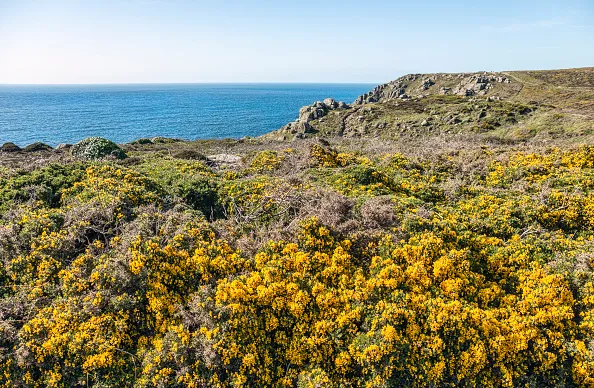
Best sand dunes to visit in the UK
It is possible to explore sand dunes along much of the UK coastline, with these seemingly harsh habitats providing a haven for wildlife.
Here's our pick of the wildest sand dunes to visit in Britain:
Lindisfarne National Nature Reserve, Northumberland
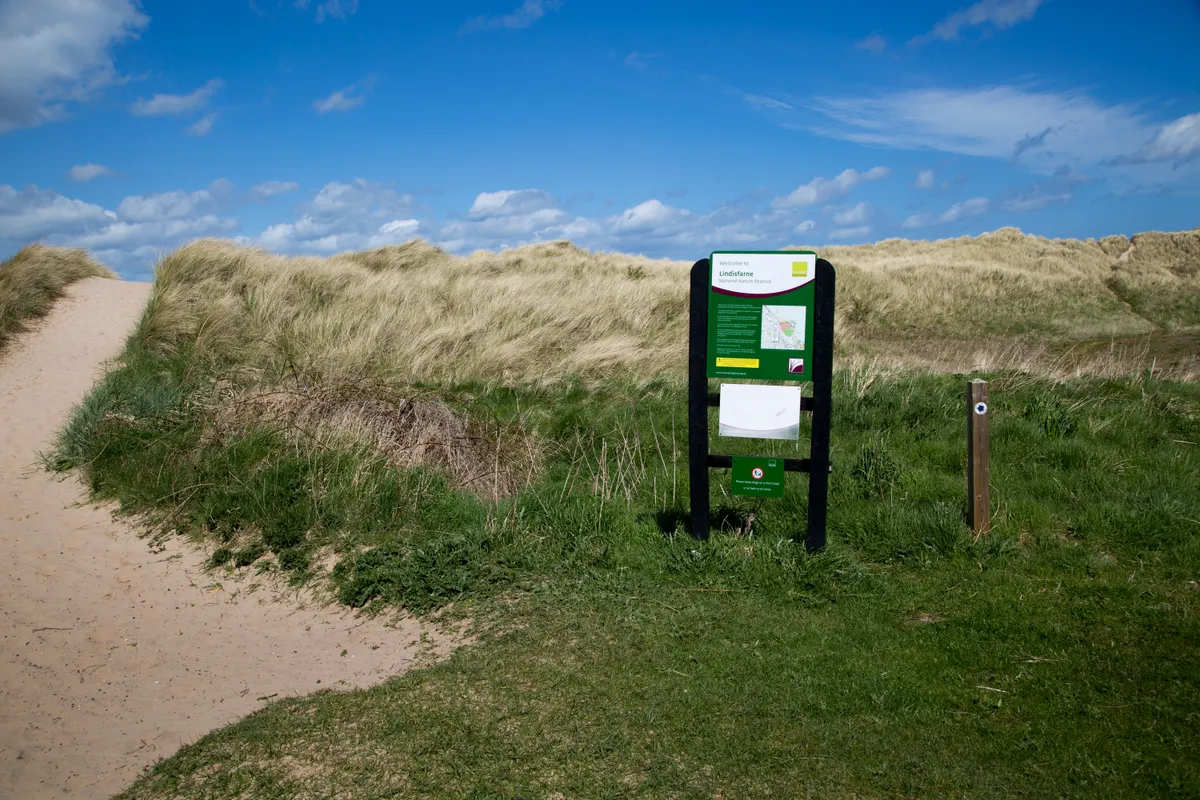
Dune slacks are home to 11 species of orchid, including the unique Lindisfarne helleborine. When visiting, take care to check safe times for crossing the tidal sands.
Braunton Burrows, North Devon
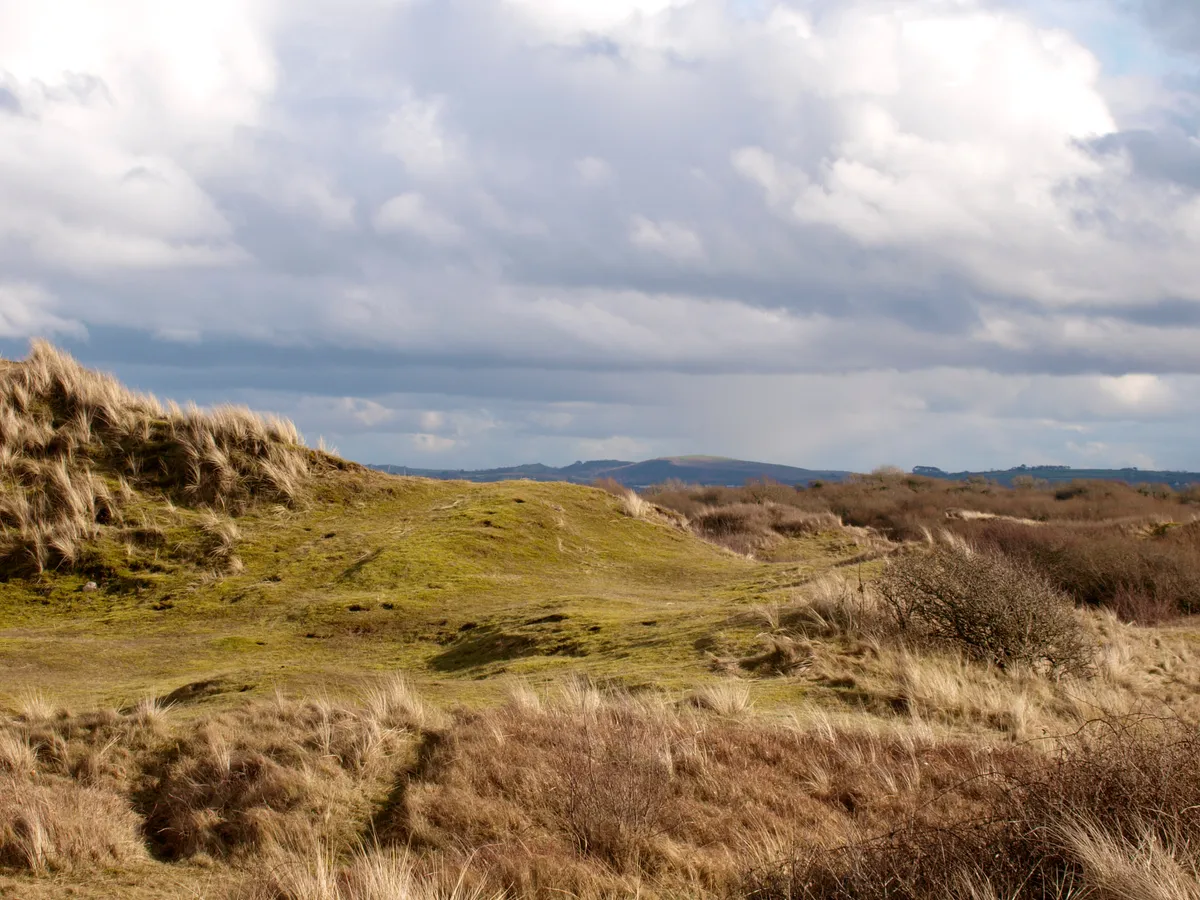
This is the second-largest sand dune system in the UK, covering 1,000 hectares with all stages of dune development. It's also home to 33 species of butterfly and 470 species of flowering plant.
Holkham National Nature reserve, North Norfolk
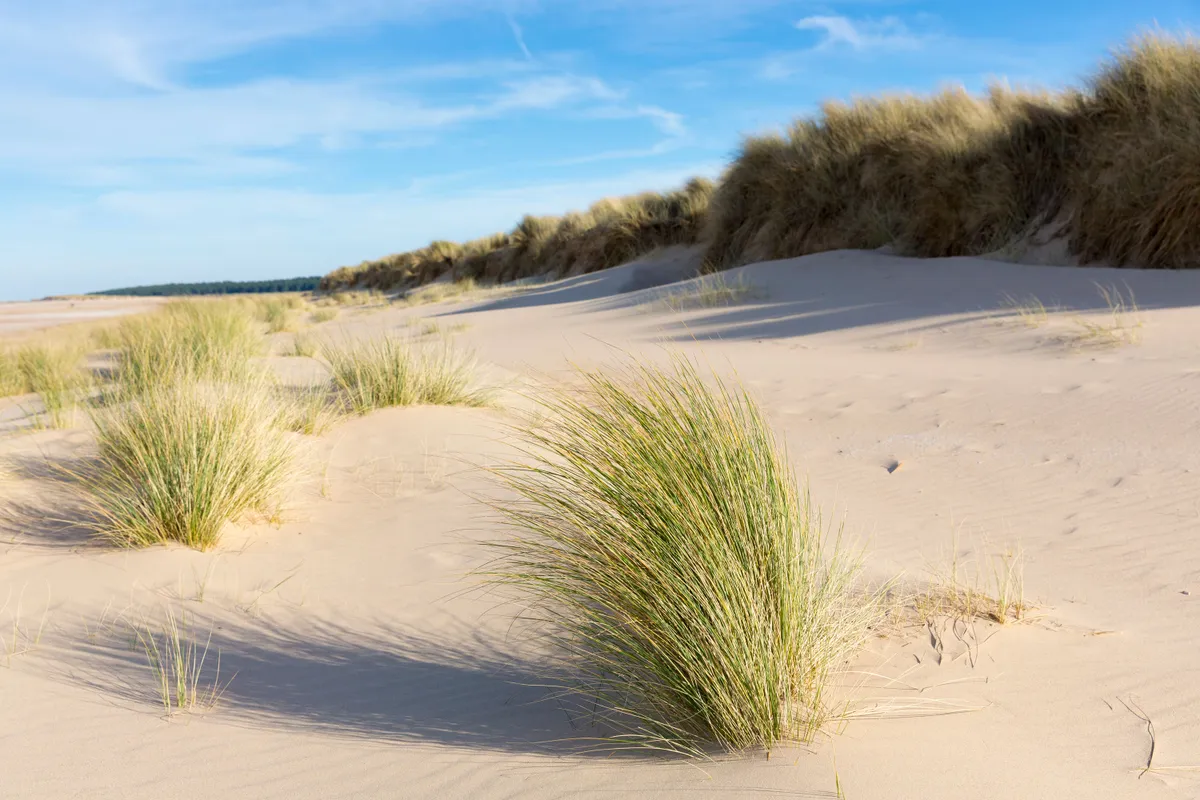
There are natterjack toads here; it’s also an important breeding location for little terns and ringed plovers, nesting close to the strandline. Look out for grayling butterflies and sand wasps in the fixed dunes.
Kenfig National Nature Reserve, Glamorgan, South Wales
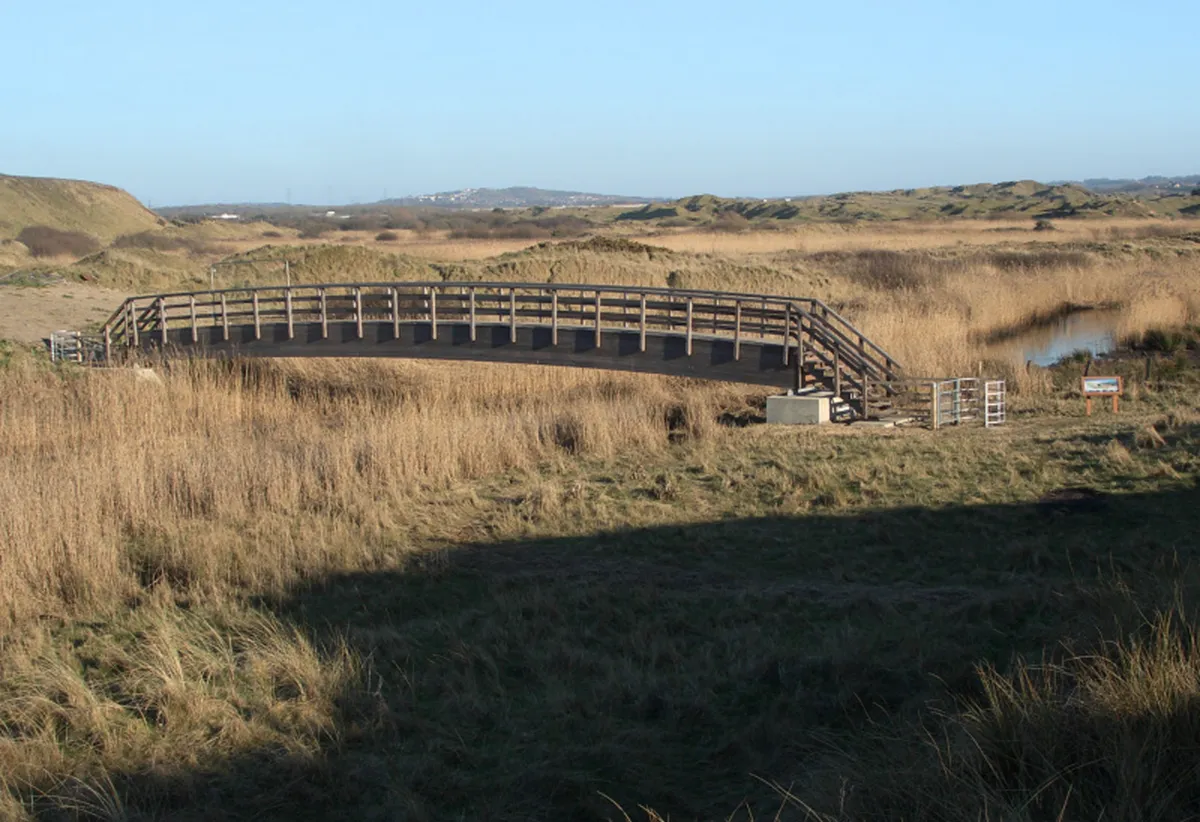
An orchid-enthusiast’s delight, with species that include pyramidal orchids, marsh helleborines and autumn lady’s-tresses. The dunes also support some rare fungi, including winter stalkball – like a puffball fungus on a stalk.
Forvie National Nature reserve, Aberdeenshire, Scotland
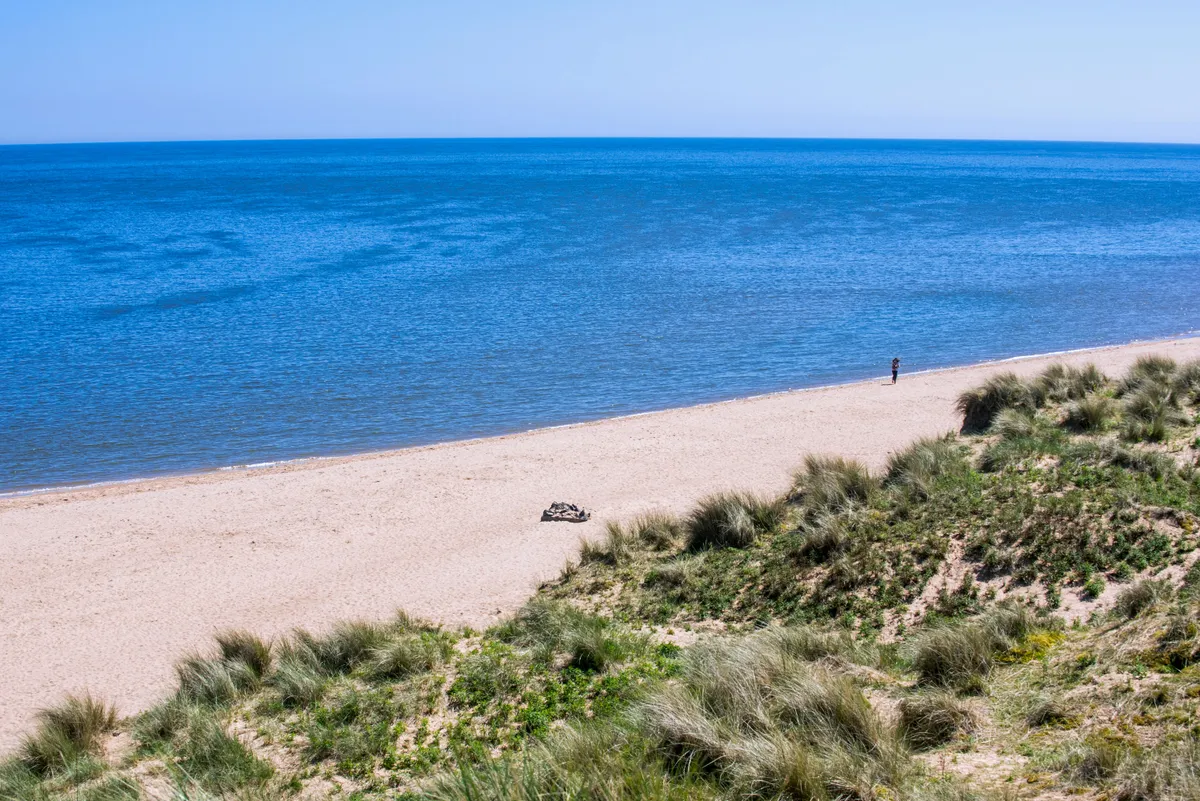
One thousand hectares of dunes on the edge of the North Sea, hosting a large breeding population of sandwich terns. Dunes grade into flowery coastal heathland teeming with insects.
Portstewart Strand, Londonderry, Northern Ireland
Some of Northern Ireland’s tallest dunes on the edge of the Bann River estuary. Rabbit-grazed fixed dunes covered in a tapestry of bird’s foot trefoil, wild thyme and dune pansies, with pyramidal and bee orchids.
East Head, West Wittering, Sussex
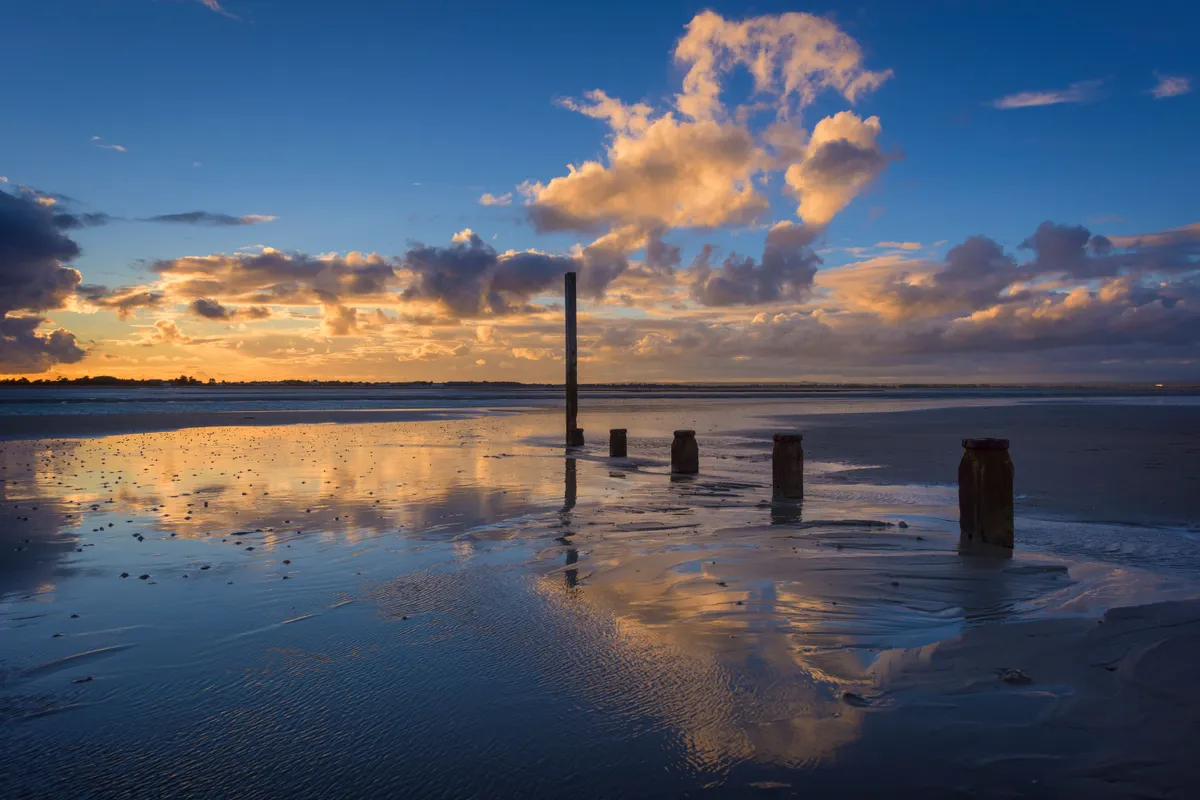
Ringed plovers nest just above the sand dunes and skylarks breed among the marram grass in this dune system on the edge of Chichester Harbour.
Sandwich and Pegwell Bay National Nature reserve, Kent
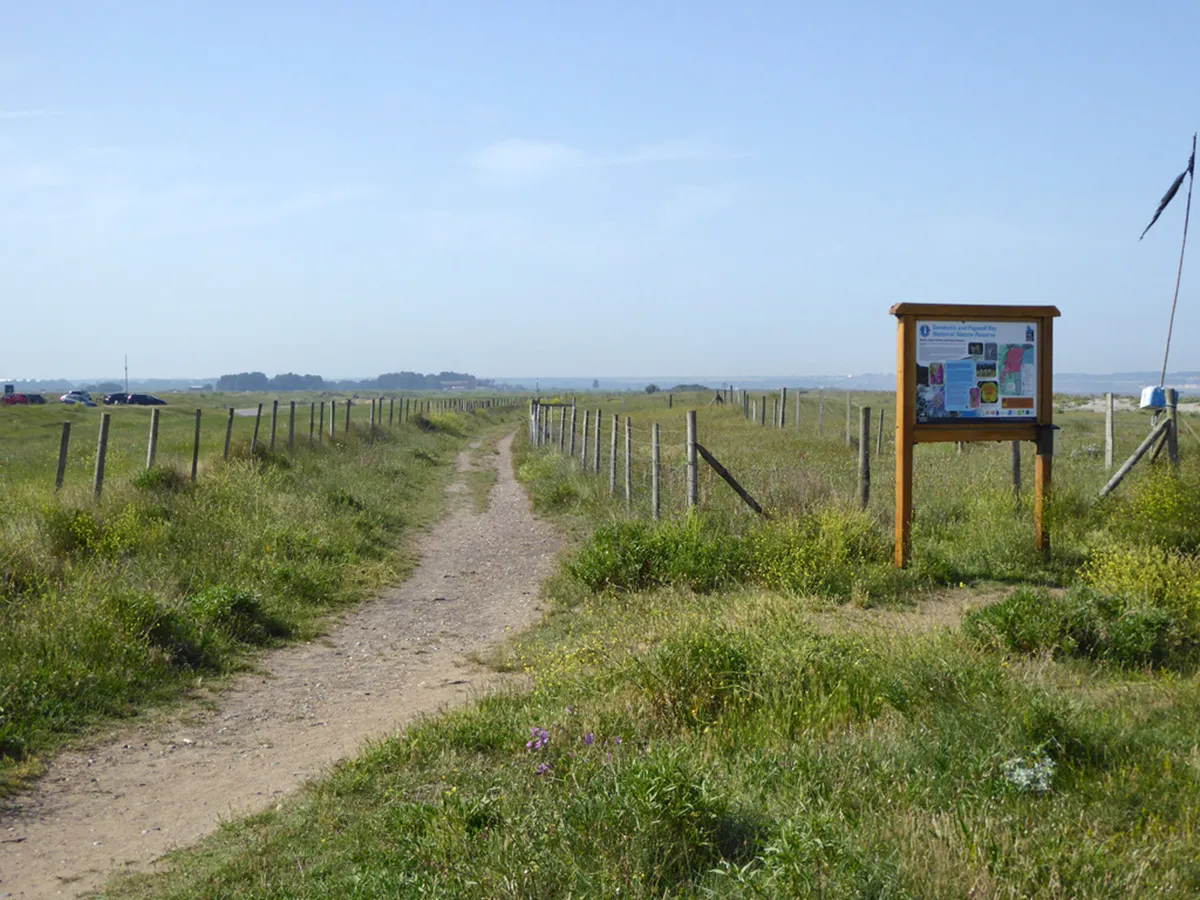
This is Kent Wildlife Trust’s largest reserve, a mosaic of coastal habitats that include sand dunes with sea holly, and fixed dunes that host rare lizard orchids and fragrant evening primrose.
The golden rules for visiting dunes
• Always stick to obvious footpaths or boardwalks - these minimise the erosive impact of passing feet
• Pay heed to signs warning visitors away from sensitive areas - here, marram grass replanting has often taken place, or seabirds may be nesting
• Be mindful of your pets - some of our rarest breeding birds, such as the little tern and ringed plover, nest along dune edges just inland from the strandine. This is their home, and unruly dogs can ruin their chances of nesting successfuly
• Steer clear of 'dune surfing' - it's so tempting to slide down the loose sand on the seaward-side slopes of high dunes, but this can open it up to scouring winds that will whisk away what nature has taken many decades to build and bury the rich fixed-dune biodiversity
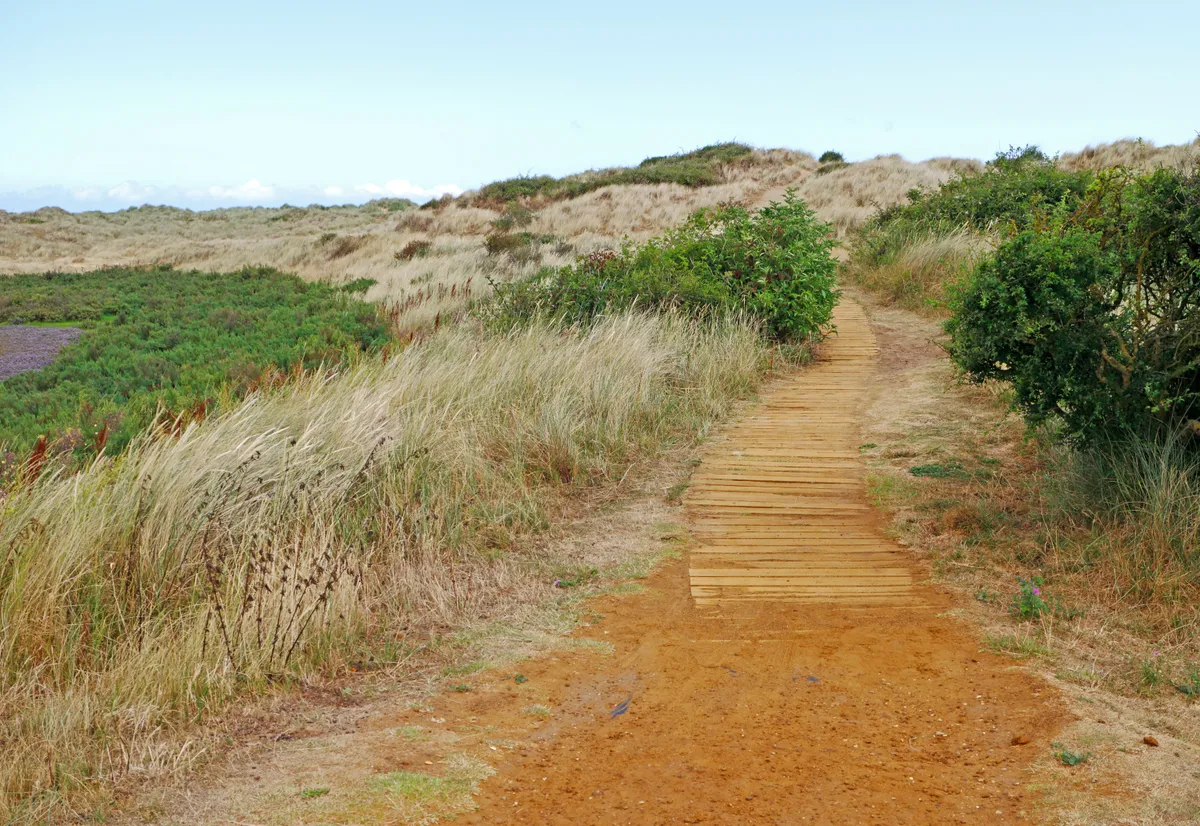
Wildlife to spot in sand dunes
It’s hard to imagine a more perfect place to picnic than in the sun-drenched, sheltered hollows of a sand dune, so settle down amongst grayling and common blue butterflies, serenaded by the sounds of grasshoppers and stonechats, and watch lizards hunting insects.
This part of the dune system is home to a fascinating array of unusual species, including burrowing sand wasps that hunt caterpillars and day-flying crimson-and-black burnet and cinnabar moths.
Sand lizard, Lacerta agilis
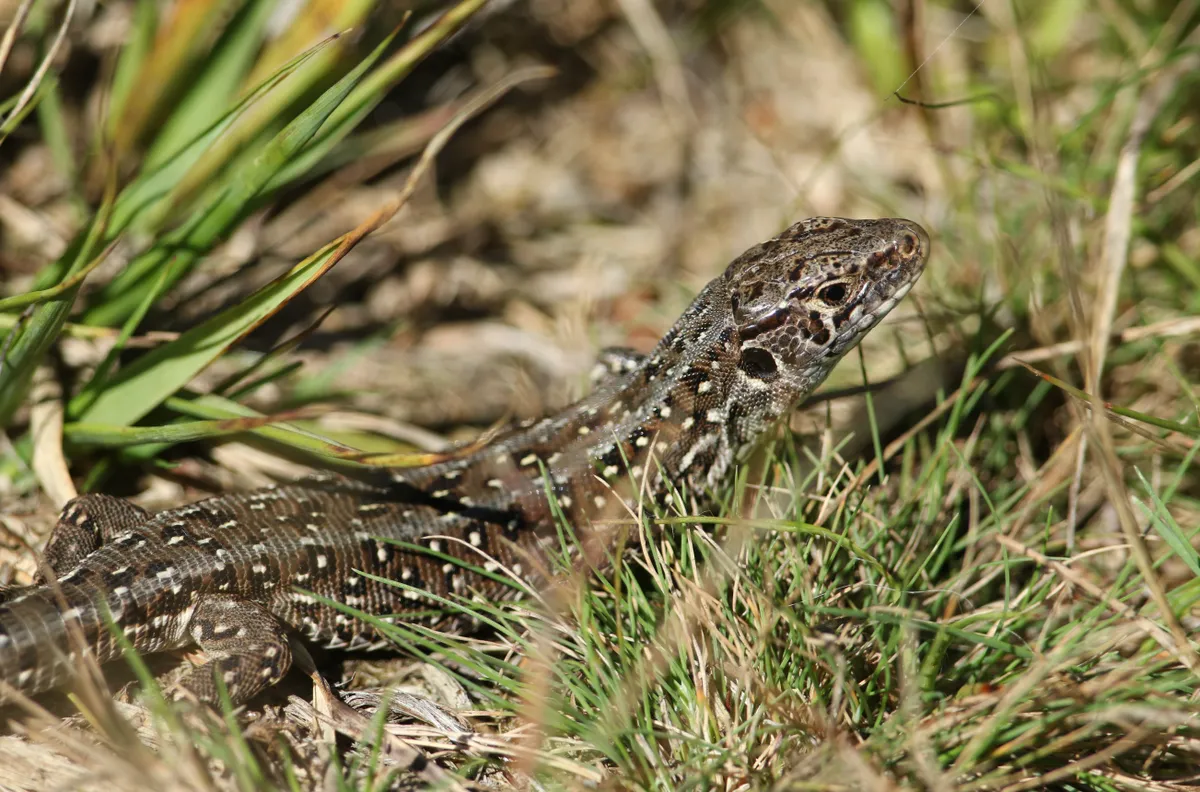
One of our rarest and most beautiful reptiles, it digs narrow tunnels in dunes for winter hibernation. The flanks of courting males turn bright green in spring. It buries its eggs in sand, in sheltered dune hollows, where the eggs depend on the sun’s warmth for incubation.
Grayling butterfly, Hipparchia semele
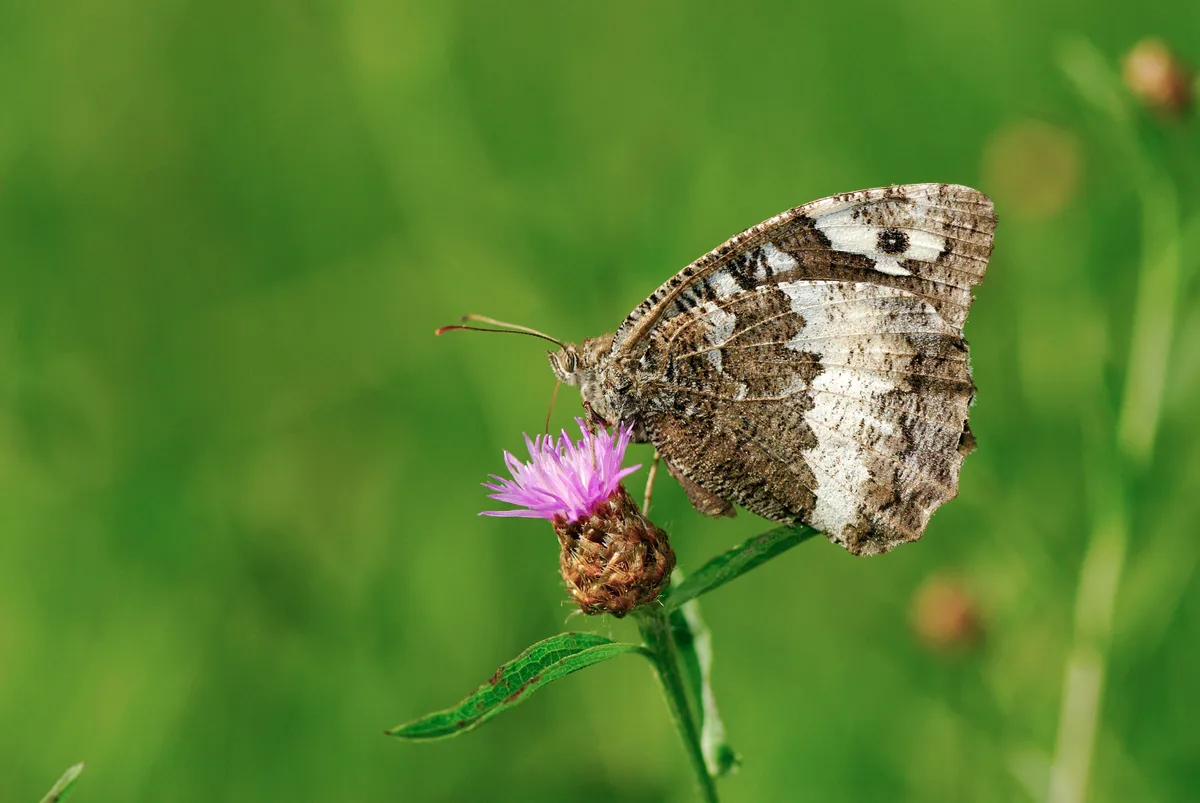
Our largest brown butterfly, but surprisingly difficult to spot when it settles and quickly closes its wings, thanks to the cryptic colouring of its undersides. The caterpillars feed on various grasses, including marram.
Grayling butterflies can be found all over Europe, but are particularly common in coastal areas.
Discover more British butterfly species
Stonechat, Saxicola rubicola
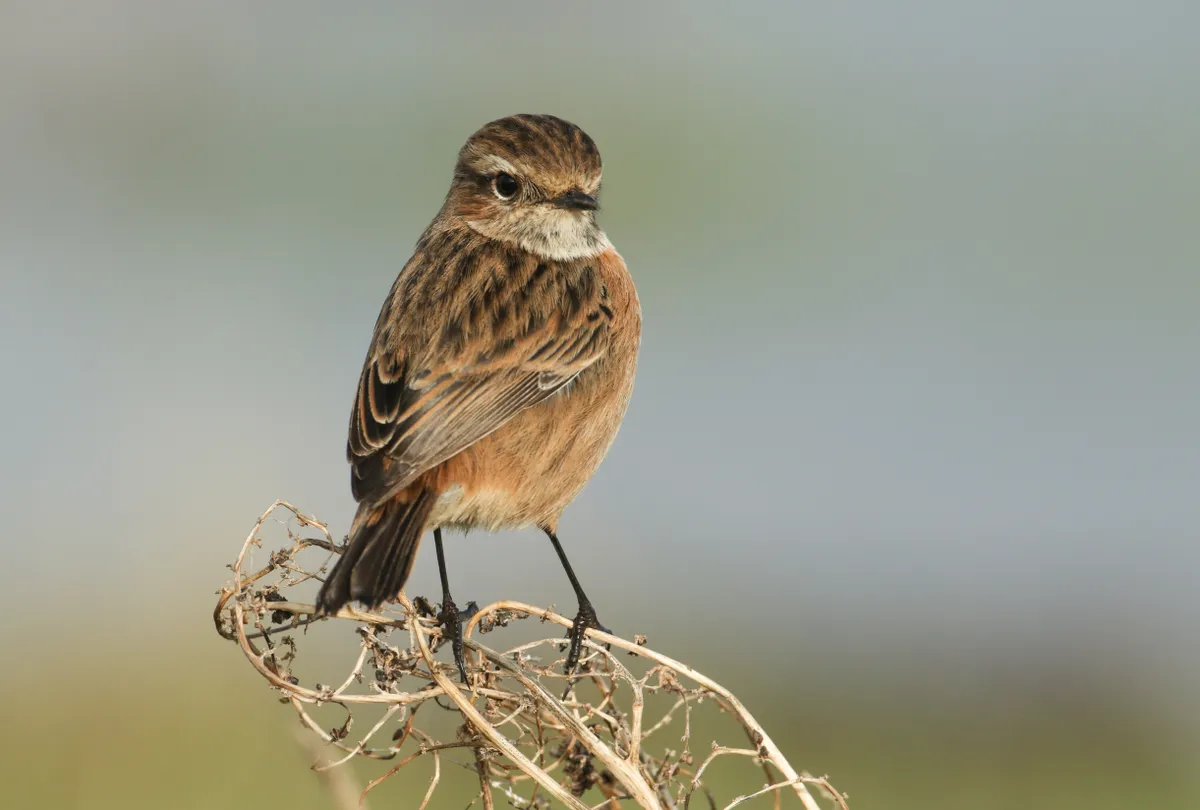
This robin-sized bird likes to perch on the highest bushes in the dunes, flicking its wings then darting down to the ground to catch insects. It sometimes nests in the protection of prickly gorse bushes in the dune scrub. Its call sounds like two stones being tapped together.
Stonechat birds are found more widely in winter and have short robin-like tails.
Sand wasp, Ammophila sabulosa

Hunts caterpillars, which it paralyses then carries back to its nest hole excavated in the sand to feed its developing larva when it hatches. The wasp temporarily closes the nest tunnel until fully provisioned with prey, then seals it with mud.
Learn more about British wasp species
Sand dune plants to spot
Walk a little further inland and you'll find fixed dunes. Here the soft sand becomes firmer, and the tang of salty air and seaweed gives way to the aroma of wild thyme underfoot.
These areas are often encrusted with grey lichen and drought-tolerant mosses, which are stabilised by a tapestry of ground-hugging wildflowers. Look out for:
Kidney vetch, Anthyllis vulneraria
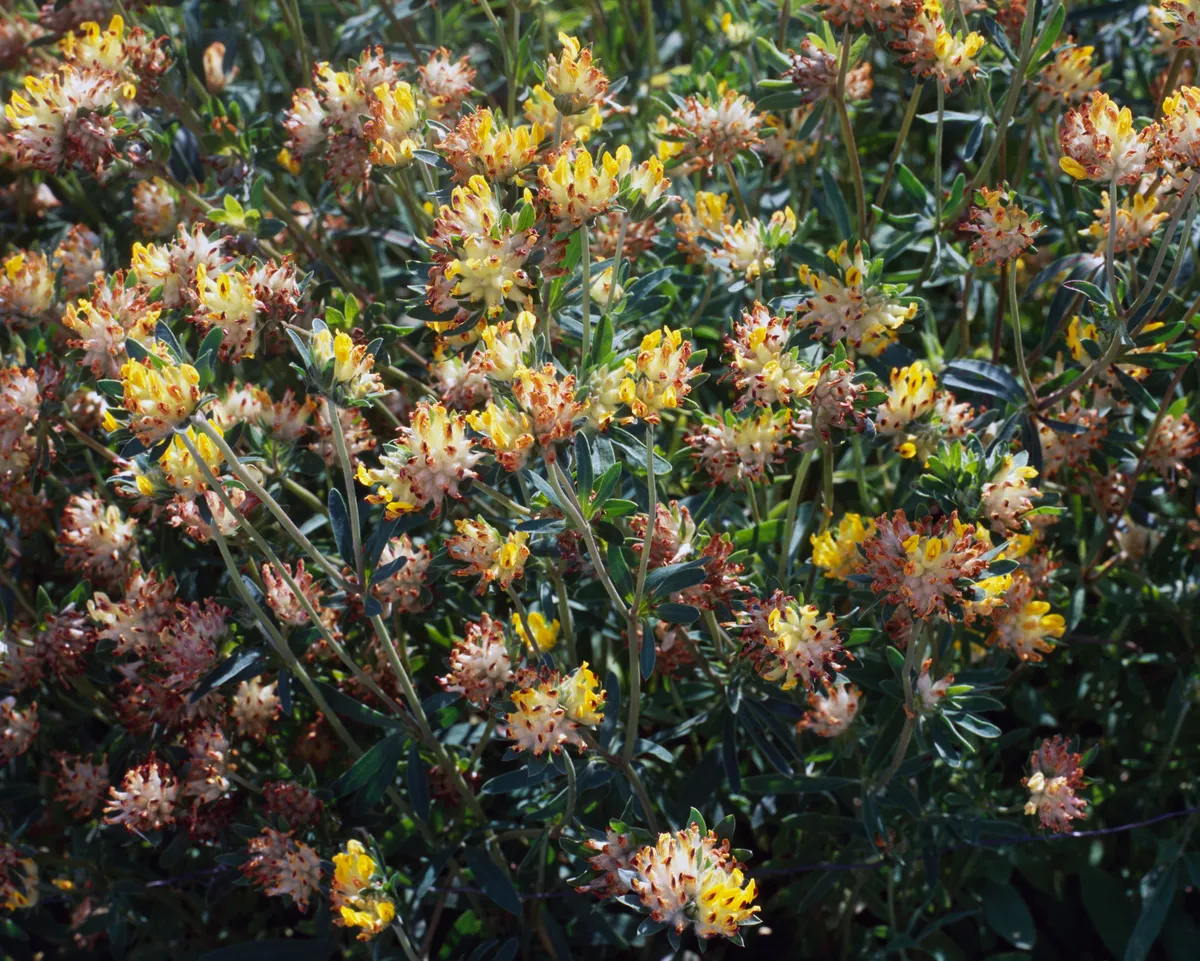
Small yellow flowers that flower between June and September, often appearing fluffy and in clusters.
Biting stonecrop, Sedum acre
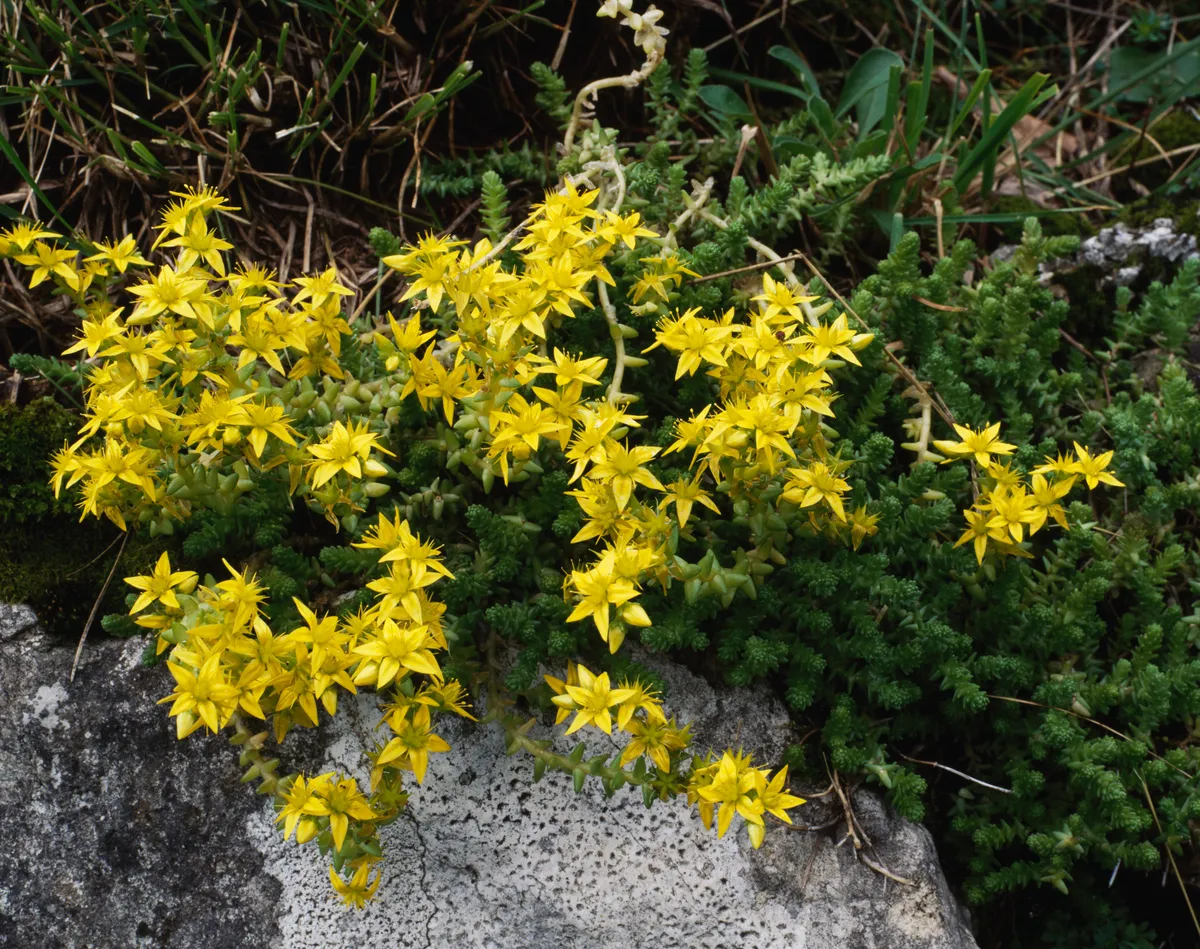
Yellow in colour with a star-like shape, it flowers between May and July
Restharrow, Ononis repens
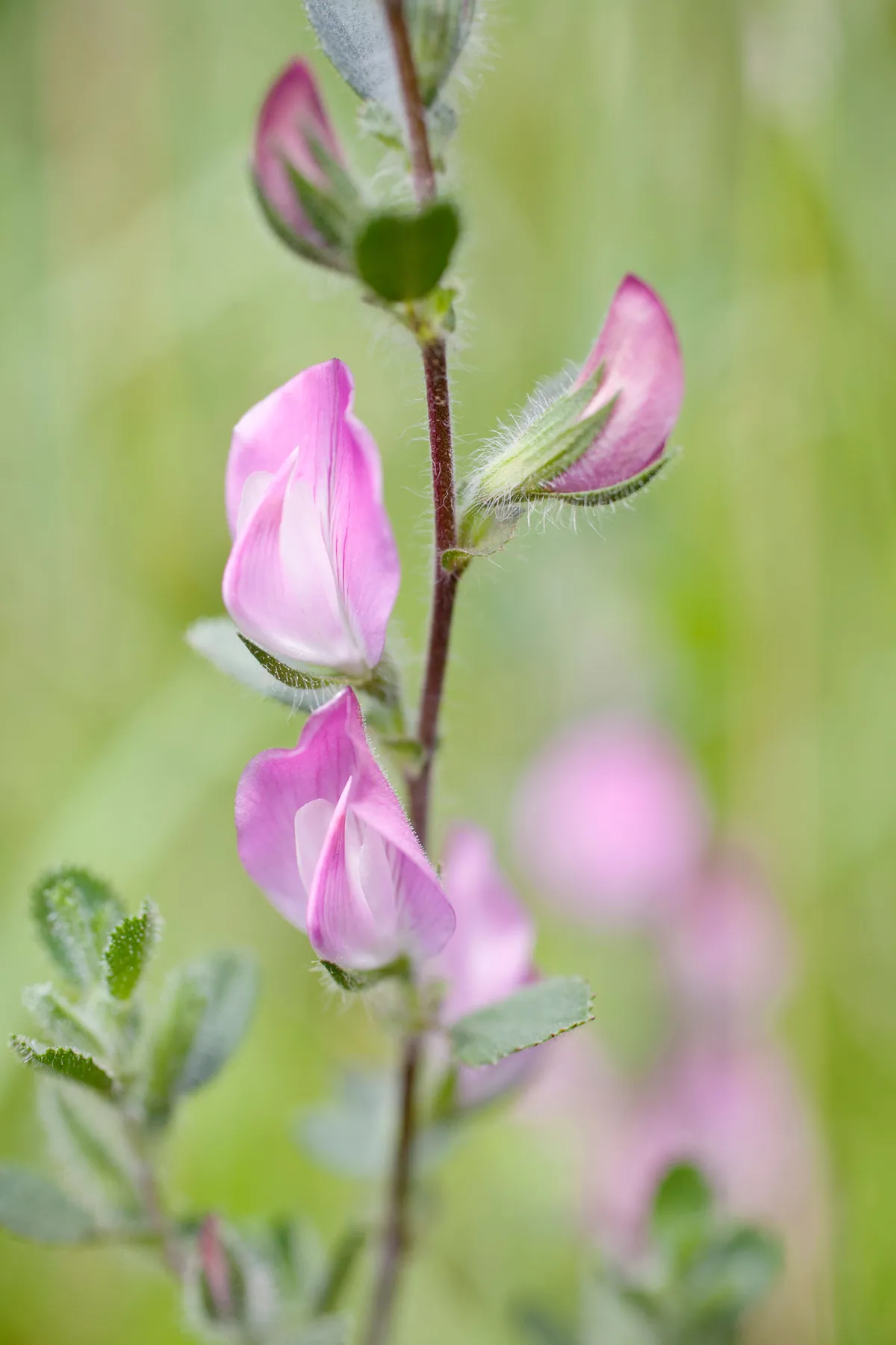
This perennial has pinky-lilac petals, is greasy to touch, and is most common in the summer months
Autumn lady’s-tresses, Spiranthes spiralis

The last native orchid to flower, and unmistakable with its six-inch-tall spikes of white florets twisted in a spiral, like braided hair. It cannot survive competition from tall grasses, so look for it in the short, flowery turf in fixed dunes.
Sea rocket, Cakile maritima
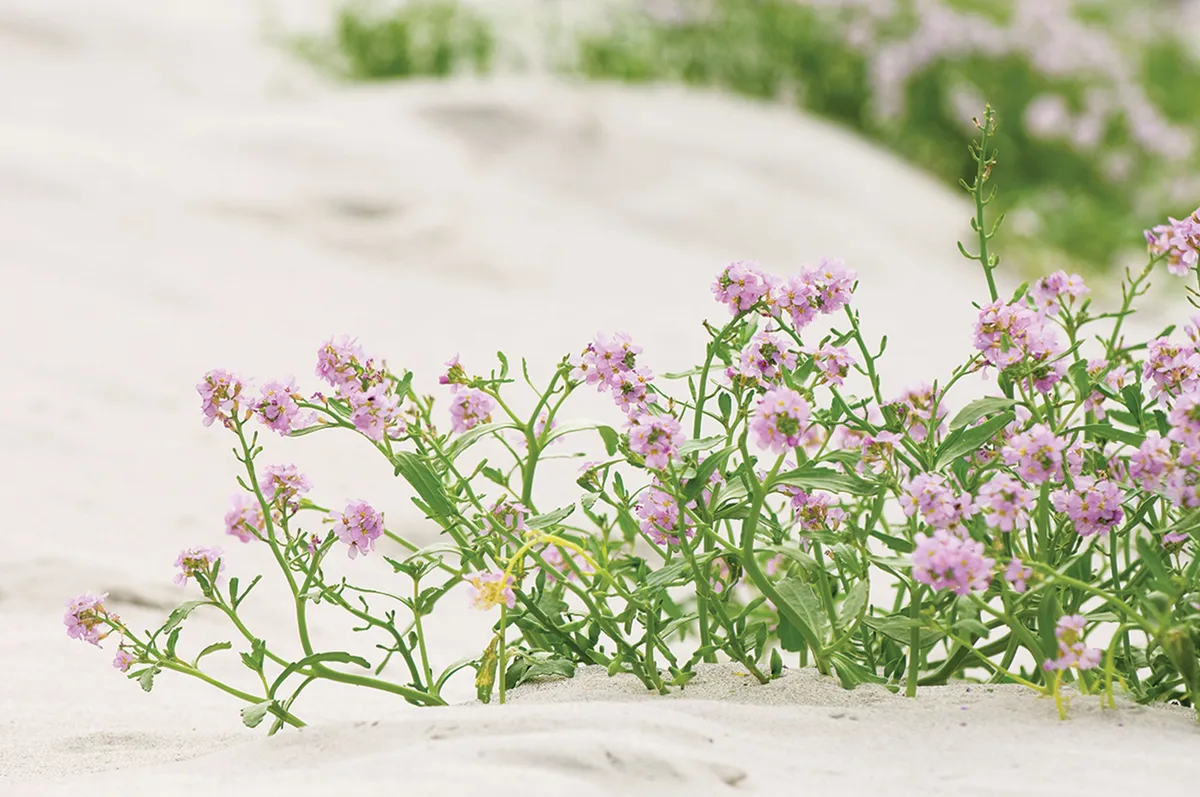
Produces seeds in buoyant pods that act as lifeboats and are carried by sea currents, then wash up to germinate on the strandline. Fleshy leaves and masses of lilac flowers attract bees and butterflies, while the plant traps windblown sand and begins building dunes.
Hound’s-tongue, Cynoglossum officinale

A tall, hoary-leaved biennial, often growing in the fixed dunes. Flowers the colour of dried blood are often described as smelling of mice. Its hooked seeds are dispersed in rabbit fur.
Pyramidal orchid, Anacamptis pyramidalis
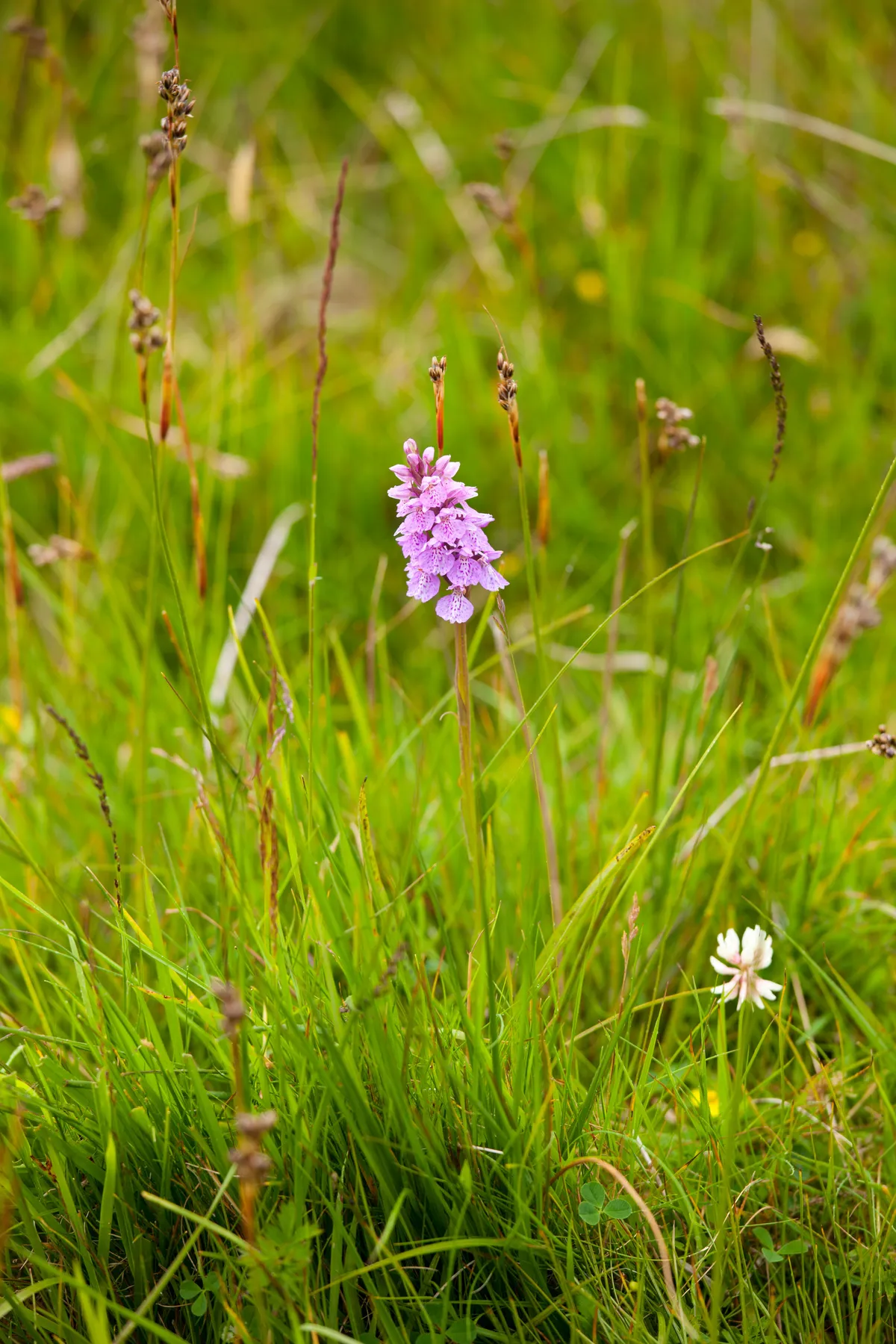
With its densely-packed pyramids of pink flowers, young inflorescences resemble small strawberry ice-cream cones. Most commonly found between marram and lyme grass, where yellow and fixed dunes merge.
Flowers have long, slender nectar spurs and a slightly foxy scent at dusk, attracting long-tongued moth pollinators.

